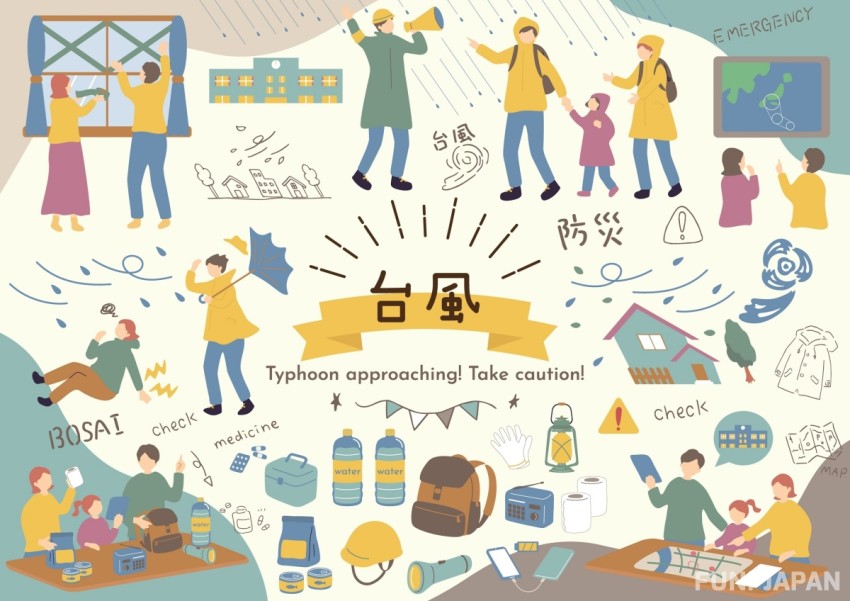
Once the rainy season ends, Japan’s bright summer sun and beach season finally begin! But when it comes to summer travel, one of the biggest worries is the "impact of typhoons." You might have your flight booked and be counting down the days with excitement, only to hear a weather forecast saying "a tropical depression has formed over the sea and may develop into a typhoon." That can leave you wondering if your carefully planned trip is going to be ruined.
In this article, the FUN! JAPAN editorial team explains everything you need to know about typhoons in Japan. What should you do if you encounter one during your trip? Here's a helpful guide to keep you informed and prepared.
All About Typhoons in Japan: Answering Your Questions!
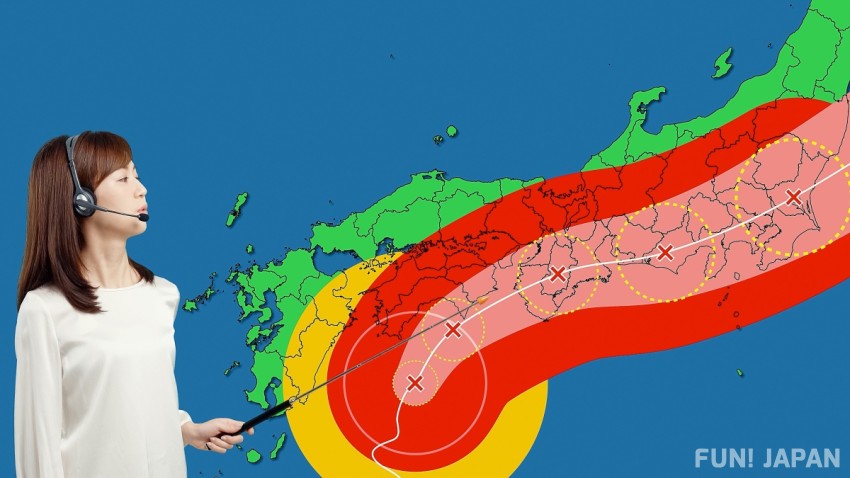
A typhoon is defined as a tropical cyclone that forms over the northwest Pacific Ocean or South China Sea, with a maximum sustained wind speed (averaged over 10 minutes) of about 17m/s or more.
Typhoons don’t just disrupt travel plans—they can also cause serious damage across Japan. For example, Typhoon No. 15 (Faxai) in 2019 made landfall in Chiba Prefecture, tearing roofs off houses with strong winds and causing large-scale blackouts. That same year, Typhoon No. 19 (Hagibis) brought record-breaking rainfall, leading to river flooding, landslides, and other disasters that halted transportation systems and had a major impact on daily life.
Let’s take a look at some common questions about typhoons in Japan in a Q&A format.
Q1: What do the typhoon numbers mean?
In Japan, typhoons are numbered by the Japan Meteorological Agency (JMA) in the order they occur each year, starting from January 1. The first typhoon of the year is called "Typhoon No. 1," and each subsequent one is numbered accordingly.
Even if a typhoon weakens into a tropical depression and later regains strength, it keeps its original number and is not counted as a new typhoon.
Q2: How many typhoons occur in Japan each year? And how long do they last?
From 1991 to 2020, an average of around 25 typhoons formed annually. Of those, about 12 came within 300km of Japan, and around 3 made landfall on the Japanese mainland. A typhoon’s average lifespan is about 5.2 days, though some, like Typhoon No. 14 in 1986, lasted as long as 19.25 days—a record. Long-lasting typhoons are especially common in summer.
*Source: Japan Meteorological Agency “Typhoon Statistics”
Q3: When do typhoons happen most often in Japan?
Typhoons tend to form, approach, or hit Japan most frequently between July and October. In early spring, typhoons usually form at low latitudes and move westward toward the Philippines, but in summer and beyond, they tend to travel north toward Japan. August is the peak month for typhoons, with many following unpredictable paths. From September onward, typhoons are more likely to pass near Japan and can bring heavy rain.
Q4: Where in Japan do typhoons hit most often?
According to the JMA’s average data on typhoon approaches, the area most affected is Okinawa, with about 7.7 typhoons per year. Overall, Japan’s southern regions tend to see more typhoon activity.
For example, southern Kyushu—including Miyazaki and Kagoshima—averages 3.9 typhoons, while northern Kyushu—such as Fukuoka, Oita, and Kumamoto—averages 3.8. Other areas like Aichi and Shizuoka in the Tokai region see 3.5, and Osaka, Kyoto, and Nara in the Kansai region average around 3.4 typhoons per year.
*Source: Japan Meteorological Agency “Typhoon Statistics” (30-year average from 1991–2020)
Q5: Which Areas in Japan Have the Fewest Typhoons?
According to the same average figures for typhoon approaches, the region with the fewest typhoons is Hokkaido, with around 1.9 per year. In general, northern regions of Japan tend to experience fewer typhoon approaches.
For example, the Tohoku region, including Aomori and Akita, averages 2.7; the Hokuriku region, including Niigata and Ishikawa, averages 2.8; the Chugoku region* (such as Hiroshima and Okayama) averages 3.0; and both the Kanto-Koshin region (including Tokyo, Chiba, Kanagawa, and Nagano) and the Shikoku region (including Kagawa and Ehime) average 3.3 typhoons annually.
*Source: Japan Meteorological Agency “Typhoon Statistics” (30-year average from 1991 to 2020)
*Yamaguchi Prefecture is not included in the Chugoku region here, but is considered part of northern Kyushu.
How to Read the "Typhoon Track Map" Used for Forecasting

A "Typhoon Track Map" shows information such as the typhoon’s current position, strength, and projected path. You’ll see these maps on TV or apps, and they are useful tools for tracking typhoons.
Japan Meteorological Agency typhoon maps include five key elements, each represented by a symbol. Here’s what they mean:
Element Symbol Meaning
Center Position × mark The current center of the typhoon
Forecast Circle White dashed circle The area where the typhoon’s center is expected to move
Strong Wind Area Yellow circle Area with wind speeds of 15 m/s or more
Storm Wind Area Red circle Area with wind speeds of 25 m/s or more
Storm Warning Area Inside the red outline Areas at risk of entering the storm wind zone
Typhoon Track Blue solid line The path the typhoon has taken so far
How Typhoons Are Categorized in Japan

In Japan, typhoons are classified by both "intensity" and "size."
Classification by intensity:
Strong Typhoon: Maximum wind speed of 33–43.9 m/s
- Very Strong Typhoon: Maximum wind speed of 44–53.9 m/s
- Violent Typhoon: Maximum wind speed of 54 m/s or more
Classification by size:
Large: Radius of the storm wind area (15 m/s or more) is between 500 km and 799 km
- Very Large: Radius is 800 km or more
Typhoon-Related Disasters and Alert Levels in Japan
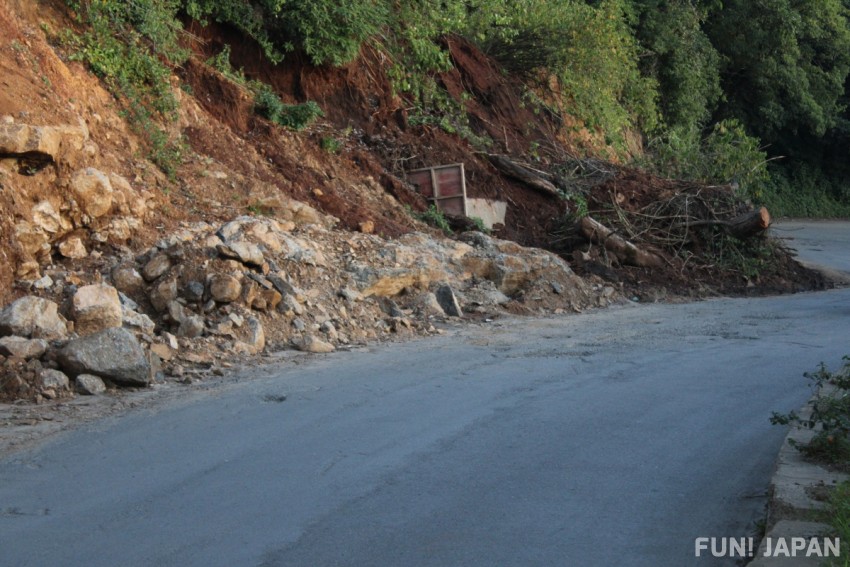
When a typhoon approaches or makes landfall in Japan, it can cause various types of disasters, including heavy rain, flooding, strong winds, high waves, and storm surges. In recent years, sudden downpours over short periods—called "localized heavy rain"—have become more frequent, leading to flash floods in urban rivers, road and home flooding, and even the submerging of underground areas. Accidents can also occur when people go out to check swollen rivers or fall into gutters on flooded streets, so caution is essential.
To protect yourself during typhoons, always check disaster-related weather information issued by the Japan Meteorological Agency, such as advisories, warnings, emergency warnings, landslide warnings, and designated river flood forecasts. Also, be sure to monitor evacuation information issued by local municipalities based on these forecasts and take early action.
Main Warnings and Advisories Issued During Typhoons and Heavy Rain

Emergency Warnings: Heavy rain (landslides, flooding), storm winds, high waves, storm surges
- Warnings: Heavy rain (landslides, flooding), floods, storm winds, high waves, storm surges
- Advisories: Heavy rain, floods, strong winds, high waves, storm surges, lightning
Alert Levels and Recommended Actions
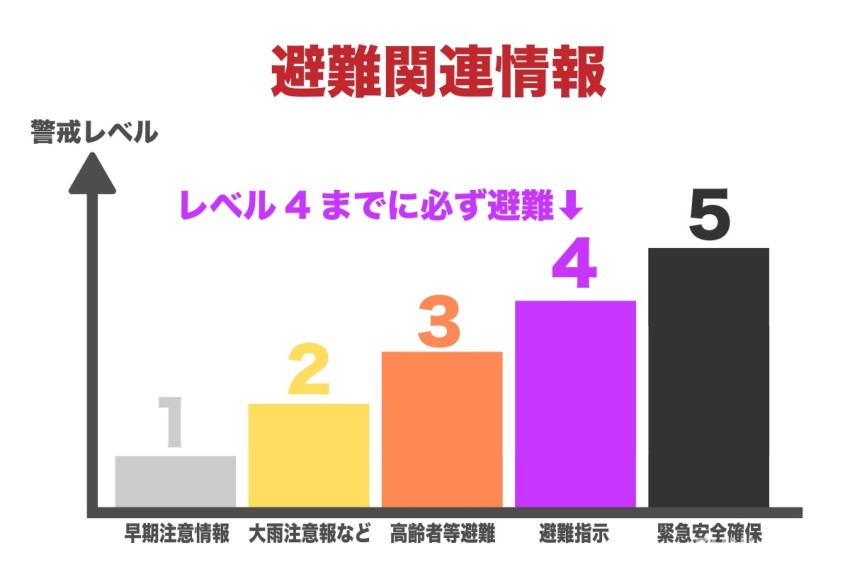
Alert Level Situation Information Trigger Recommended Action
1 Weather may worsen Early Warning Info from JMA Be aware and mentally prepare for possible disasters
2 Weather is worsening Heavy Rain, Flood, Storm Surge Advisories Check hazard maps and review evacuation routes and locations
3 Risk of disaster Evacuation of the elderly and vulnerable Elderly and those with disabilities should evacuate. Others should prepare or start evacuating depending on the situation
4 High risk of disaster Evacuation Order Everyone should evacuate immediately
5 Disaster occurring or imminent Emergency Safety Measures A disaster is already happening or imminent. Your life is in danger—take emergency actions immediately!
*Source: Cabinet Office Disaster Prevention Info Page, Japan Meteorological Agency
*Note: You may not have enough time to evacuate at Level 5. Make sure to evacuate by Level 4.
Because it is extremely difficult to predict a typhoon’s exact strength, whether it will make a direct hit or just pass nearby, or what secondary disasters may occur, it’s crucial to prepare before the typhoon arrives.
If you live in Japan, make sure to reinforce windows and doors, check your emergency supply bag, and stock up on food and drinking water. Going outside can be dangerous, so stay indoors during the typhoon.
What Should You Do If a Typhoon Hits While Traveling?
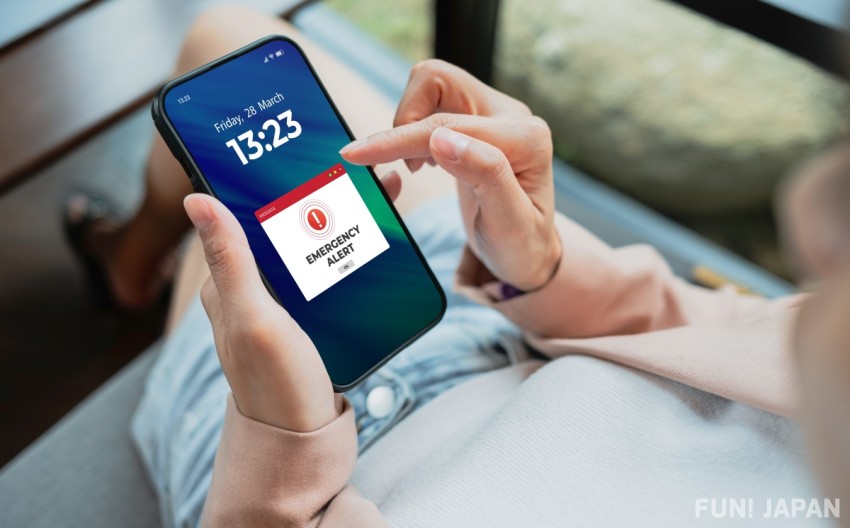
When a typhoon approaches, transportation services may be suspended and tourist attractions may temporarily close. If there’s a chance of a typhoon before or during your trip, taking early action is key.
Check the Latest Typhoon Updates on Websites and Apps!
If you're feeling uneasy about traveling in Japan as a typhoon approaches, first check real-time typhoon updates and evacuation information from trusted sources.
- The official Japan Meteorological Agency website (multilingual support): Offers accurate, up-to-date weather information including typhoon paths and alert levels.
- Safety tips (disaster info app): A free multilingual app that notifies you about disasters like earthquakes and typhoons—very helpful for travelers.
- NHK WORLD-JAPAN: Provides real-time news and disaster updates across Japan in English.
Transportation and Travel Info During Typhoons
When a typhoon gets close, flights, bullet trains (Shinkansen), local trains, and buses may be canceled or suspended. Before traveling, always check the official websites or apps of airlines and transport operators for the latest service updates.
If your flight or train is canceled, don’t worry—if it's due to a typhoon, many airlines and transportation providers offer free refunds or allow you to change your schedule without extra fees. Check your booking confirmation email and follow the instructions from the airline or transport company for how to proceed.
Precautions When Going Outside
It's important to be extra careful when going outside as a typhoon approaches. Since heavy rain and strong winds often make umbrellas useless, it's a good idea to prepare a raincoat and waterproof shoes in advance. Also, traveling during a typhoon can be dangerous, so check public transportation updates frequently and adjust your plans flexibly based on the situation.
How to Spend Time at Hotels or Accommodations
Most hotels in Japan have Wi-Fi, so you can easily check real-time weather and transportation updates. On typhoon days, it's safest to stay indoors, and many hotels offer facilities like restaurants, spas, gyms, large public baths, or pools where you can spend your time comfortably and securely. If you have time, it's also a good idea to prepare emergency food and supplies and check the location of nearby evacuation spots for peace of mind.
Fun Facts About Typhoons in Japan: What Is Typhoon Ginza? And No Typhoon Leave?
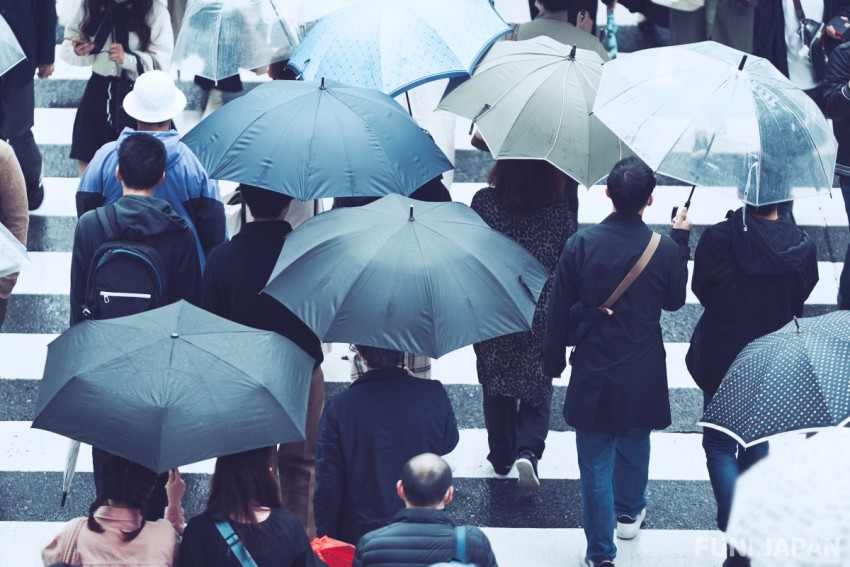
What Does "Landfall" Mean?
In Japan, "landfall" means the center of the typhoon has reached the coastline of one of the main islands—Hokkaido, Honshu, Shikoku, or Kyushu. On the other hand, if a typhoon brushes past a small island or peninsula and returns to the sea, it’s referred to as "passing."
For example, even if a typhoon approaches Okinawa, it's usually described as "passing" rather than "making landfall." Also, prefectures that don’t face the ocean are statistically counted as having zero landfalls.
What Is "Typhoon Ginza"?
Have you heard the term "Typhoon Ginza"? Similar to Tokyo’s Ginza Street, which is busy with foot traffic, the term refers to regions frequently hit by typhoons. Specifically, Okinawa, Kyushu, Shikoku, and the Kinki region are sometimes called "Typhoon Ginza."
Do Japanese People Still Go to Work During Typhoons!?
Every year, powerful typhoons approach or make landfall in Japan. In places like Kyushu and Okinawa, typhoons are a regular part of summer life. Still, Japan generally doesn't have an official "typhoon leave" policy.
Many hardworking and diligent people in Japan continue going to work even during typhoons. Some even stay in hotels near their offices the night before to avoid canceled trains.
However, in recent years, the idea of "putting safety first instead of forcing yourself to go out" has been gaining traction, and attitudes and workstyles are gradually beginning to change.
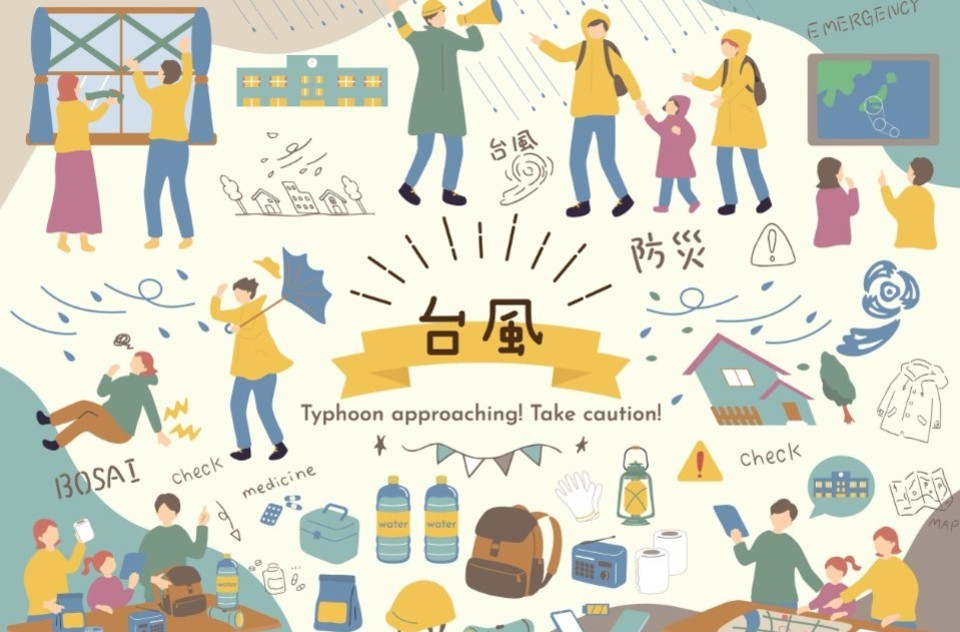
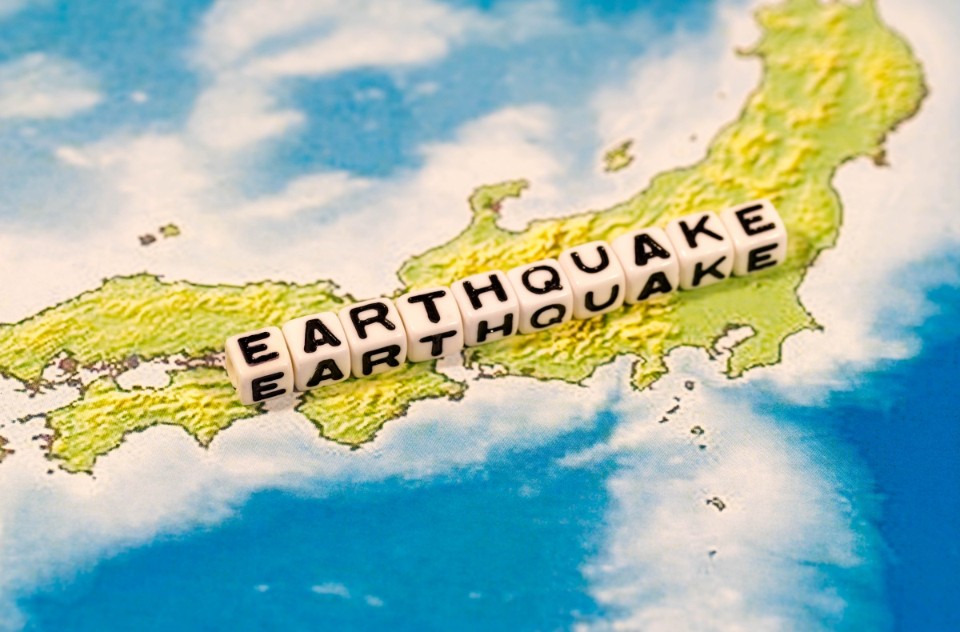


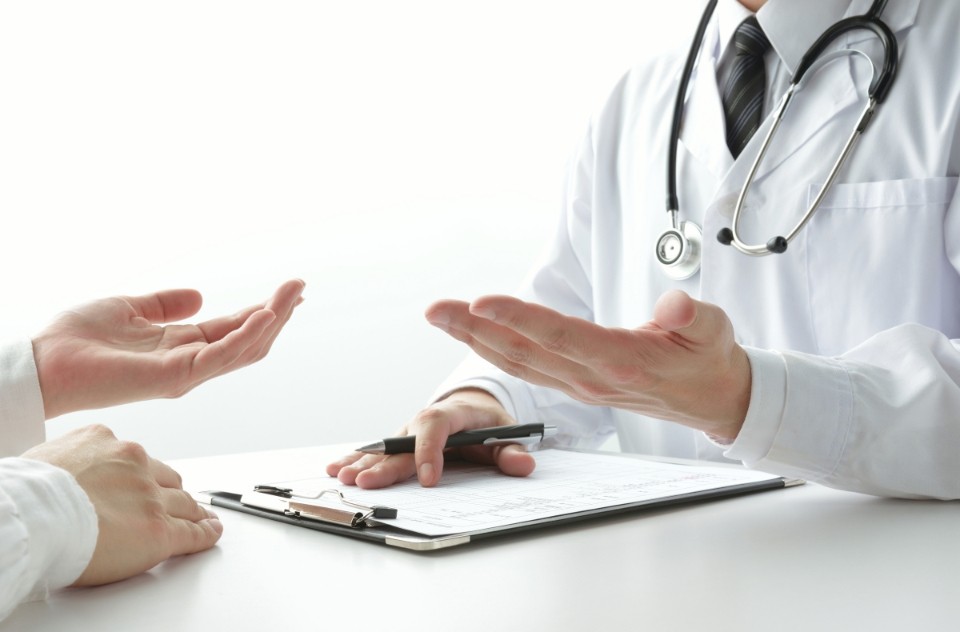
Comments